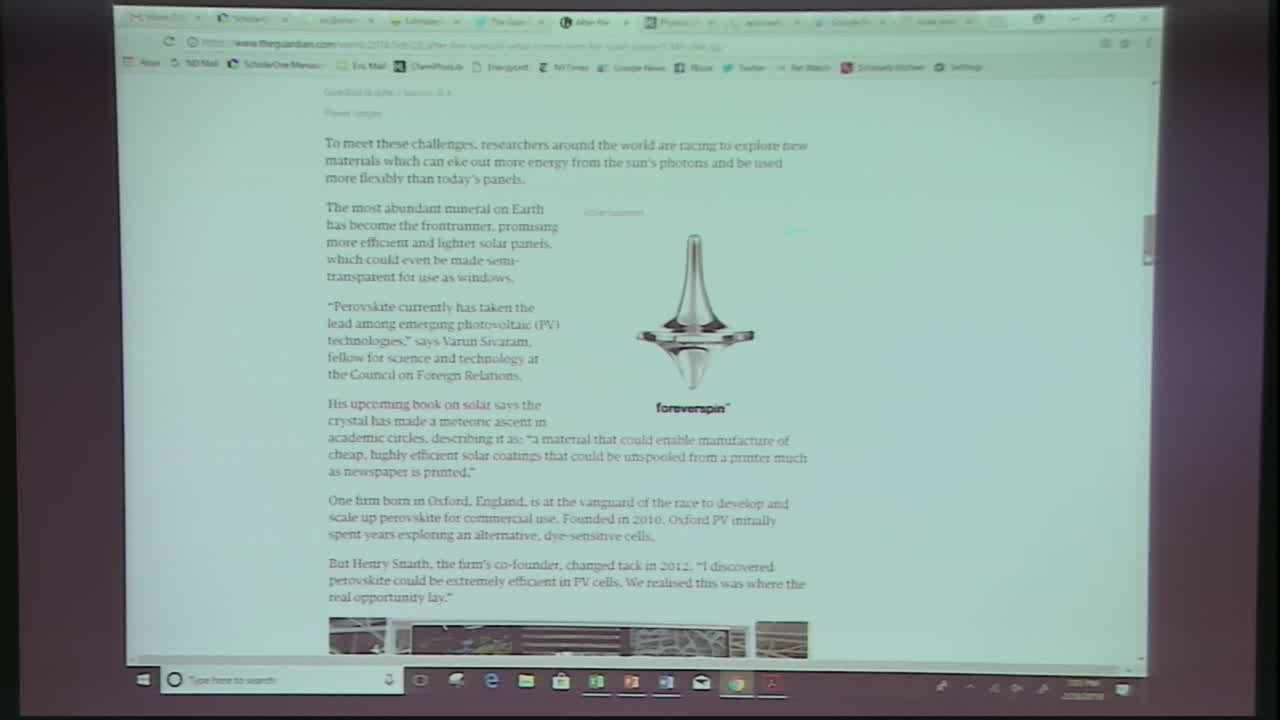Building Next Generation Solar Cells with Nanotechnology
Presenter
February 28, 2018
Abstract
The abundant light energy that we receive from the sun can be readily converted into electrical energy or chemical energy. While silicon solar cell technology is becoming competitive in power generation, new advanced materials are needed to meet the clean energy demand. Recent advances in nanotechnology have championed many new materials to capture and convert light energy. Semiconductor nanostructures with tunable photoresponse can capture the visible and near IR photons quite effectively. Assembling semiconductor nanostructures on electrode surfaces in a controlled fashion is an attractive approach for designing next generation solar cells. The key advantage of semiconductor nanostructures lies in designing thin film solar cells with low temperature processing. These advantages significantly decrease the energy payback time since less energy is consumed (and hence a lower carbon footprint) during their manufacture. Semiconductor quantum dots and metal halide perovskites are now considered as the potential contender for next generation photovoltaics. Light induced charge carrier generation in these nanomaterials and charge transport across interfaces which are important in the operation of solar cells will be discussed.
